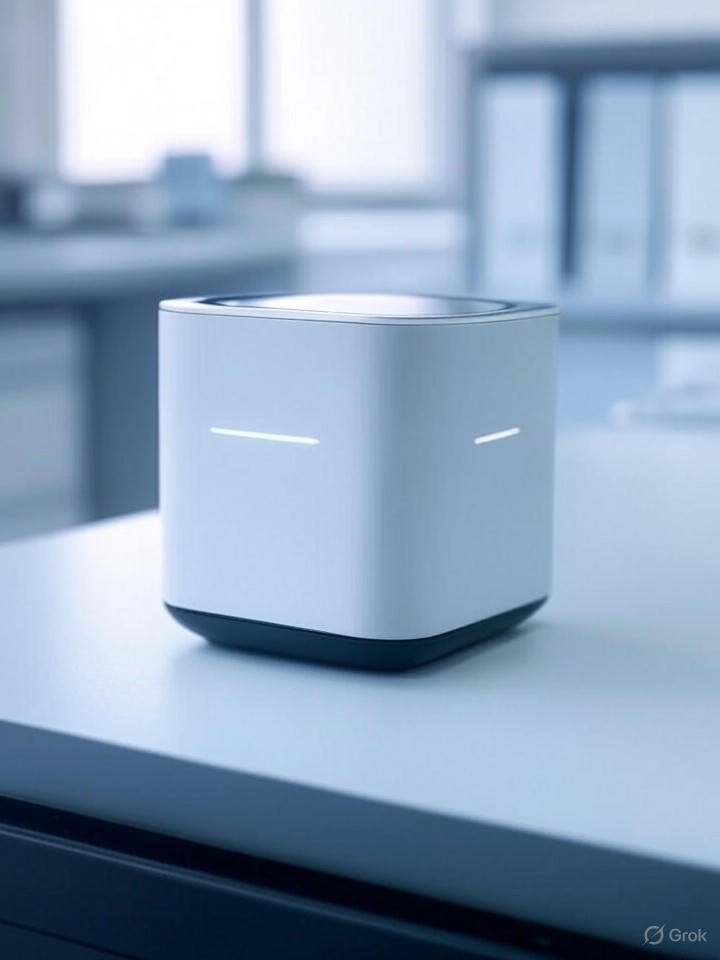In a groundbreaking development from Japan, researchers at Osaka University have unveiled what could be the future of edge computing: a self-evolving AI system that learns and forecasts in real time on compact devices. Dubbed MicroAdapt, this technology promises to revolutionize industries from manufacturing to healthcare by enabling AI to operate independently of cloud servers, processing data at unprecedented speeds.
According to a report from Asia Research News, the innovation stems from the Institute of Scientific and Industrial Research (SANKEN) at Osaka University. Led by Professor Yasushi Sakurai, the team has created an edge AI that adapts dynamically to new data, achieving up to 100,000 times faster processing and 60% higher accuracy than traditional deep learning methods.
The Mechanics of MicroAdapt
MicroAdapt operates on a novel algorithm that allows for real-time nonlinear analysis of time-series data. This means devices like smartphones, IoT sensors, or medical wearables can learn from incoming data streams without needing constant cloud connectivity, reducing latency and energy consumption dramatically.
Professor Sakurai, a global leader in real-time adaptive systems, explained in a profile on Osaka University’s website that the system streamlines forecasting on edge devices such as Raspberry Pi mini-computers. “We aimed for a breakthrough from current methods to create a streamlined, fast, and accurate system,” Sakurai noted, highlighting its potential for autonomous machine learning.
Breaking Speed and Accuracy Barriers
Tests detailed in the Asia Research News article show MicroAdapt outperforming state-of-the-art models in scenarios like predictive maintenance in manufacturing and health monitoring in wearables. By evolving its own parameters on the fly, it adapts to unpredictable environments, a feat that cloud-dependent AIs struggle with due to data transfer delays.
Recent posts on X, including one from SANKEN’s official account (@SANKEN_UOsaka), announced the press release just hours ago, emphasizing applications in industrial machinery, automotive IoT, and medical devices. The post garnered quick attention, underscoring the tech’s timely relevance amid the global push for efficient AI.
From Sci-Fi Inspirations to Real-World Innovation
Professor Megumi Akai-Kasaya, another key researcher at Osaka University, draws inspiration from science fiction, as shared in her profile on Osaka University’s site. Her work on neuromorphic devices using conductive polymers has contributed to MicroAdapt’s hardware efficiency, mimicking brain-like adaptability in compact forms.
This isn’t Osaka University’s first foray into AI advancements. A 2023 story from Al Jazeera highlighted their ‘mind-reading’ AI that decodes brain activity into images, sparking ethical debates. MicroAdapt builds on such foundations, focusing on edge deployment for practical, real-time use.
Industry Implications and Adoption Potential
Industry experts see MicroAdapt as a game-changer for sectors requiring instant decision-making. In automotive IoT, it could enable vehicles to predict failures in real time without cloud reliance, enhancing safety. For medical wearables, accurate forecasting of health metrics could lead to proactive interventions, as noted in recent web searches on edge AI trends from Zibtek’s blog.
Collaborations are already in motion. Osaka University’s showcase at events like the Japan Innovation Campus, reported by the Consulate-General of Japan in San Francisco, has attracted investors. Startups from the university are pitching edge AI solutions to Bay Area venture arms, signaling rapid commercialization.
Challenges in Edge AI Evolution
Despite its promise, challenges remain. Edge devices have limited computational power, and ensuring MicroAdapt’s security against data tampering is crucial. Professor Sakurai’s research addresses this through autonomous mechanisms, but broader adoption will require standardization, as discussed in a Robotics & Automation News opinion piece on edge AI in robotics.
Ethical considerations echo past Osaka breakthroughs. The Al Jazeera report on brain-decoding AI raised privacy concerns; similarly, self-evolving edge AI could amplify data privacy risks if not regulated. Industry insiders call for frameworks to govern such technologies.
Global Context and Competitive Landscape
Japan’s AI push aligns with national strategies, as seen in NVIDIA’s blog on Japan’s startups driving AI innovation. Companies like Sakana AI are making waves with evolutionary models, complementing MicroAdapt’s edge focus. Meanwhile, Microsoft Research Asia’s Tokyo lab, led by Yasuyuki Matsushita, tackles societal AI challenges, per Microsoft Research.
Recent X sentiment, including posts from AI enthusiasts like @Dr_Singularity, highlights optical AI breakthroughs at Tsinghua University, drawing parallels to MicroAdapt’s speed innovations. These discussions underscore a global race toward faster, more efficient AI systems.
Future Horizons for Self-Evolving AI
Looking ahead, MicroAdapt could integrate with emerging tech like biohybrid robots, as reported in an ONPASSIVE X post about Japanese muscle-tissue robots. Combining self-evolving AI with such hardware might yield adaptive systems for underwater or medical applications.
Osaka University’s supercomputer initiatives, detailed in a 2021 whitepaper from AI Demand, provide the computational backbone for testing such innovations. As AI evolves, MicroAdapt positions Japan at the forefront of edge intelligence.
Strategic Investments and Market Impact
Venture funding is flowing. The Berkeley SkyDeck program, mentioned in the Consulate-General report, is accelerating Osaka startups. Investors are eyeing MicroAdapt for its scalability in IoT markets projected to reach trillions by 2030.
In robotics, partnerships like Techman Robot’s AMR solutions at Osaka RoboDEX, per ESR Tech, could incorporate self-evolving AI for real-time adaptations, enhancing factory automation.
Pushing Boundaries in AI Research
Osaka’s fluid dynamics AI simulations, as covered by Bioengineer.org, show the university’s breadth in AI applications. MicroAdapt extends this to edge forecasting, potentially aiding environmental monitoring or ocean simulations.
As global AI news from ScienceDaily indicates, advancements like these are accelerating. With MicroAdapt, Osaka University isn’t just keeping pace—it’s setting the speed.


AloJapan.com